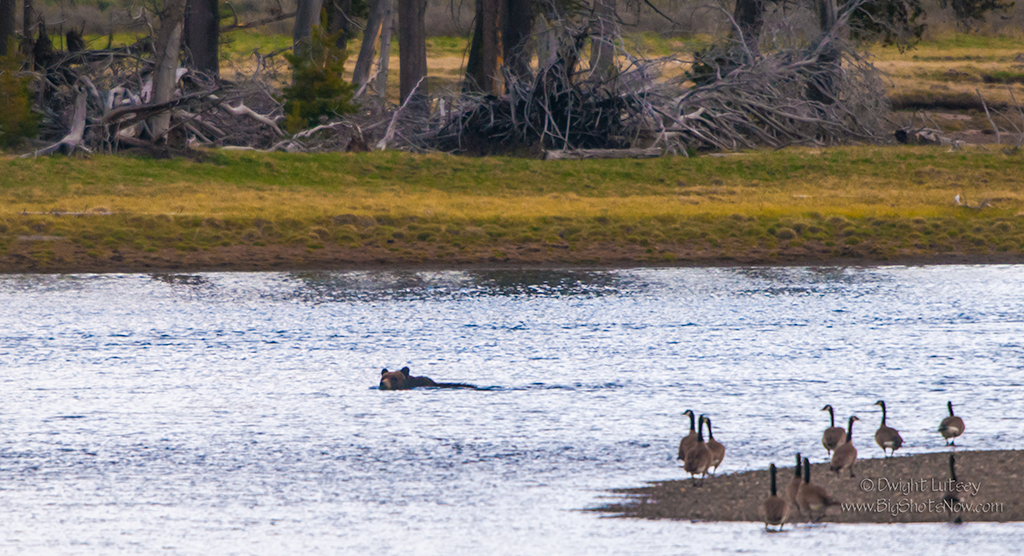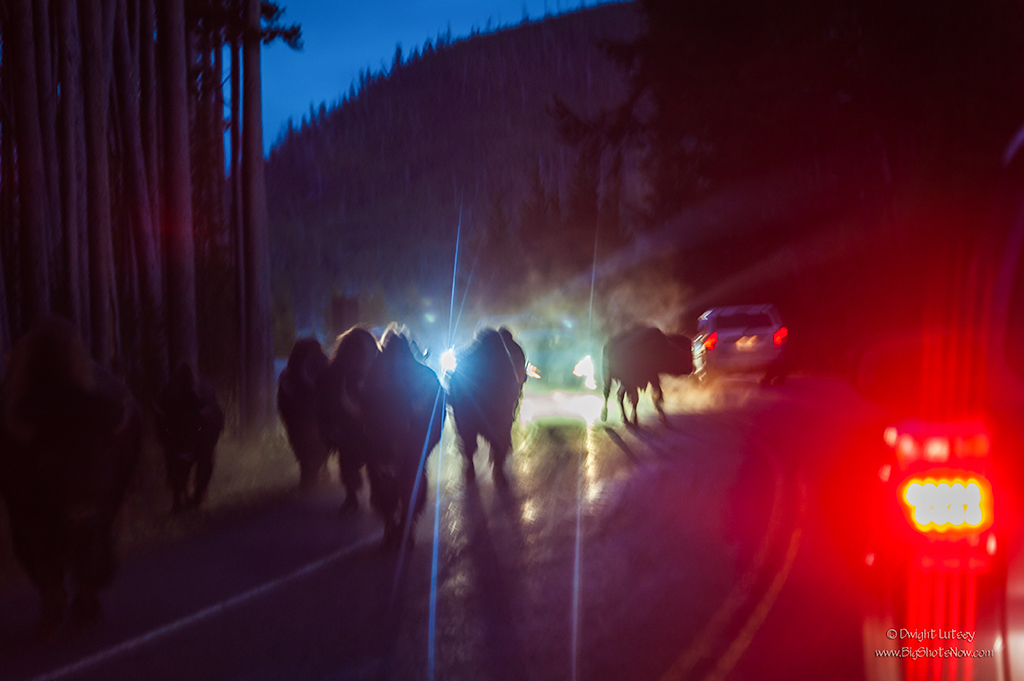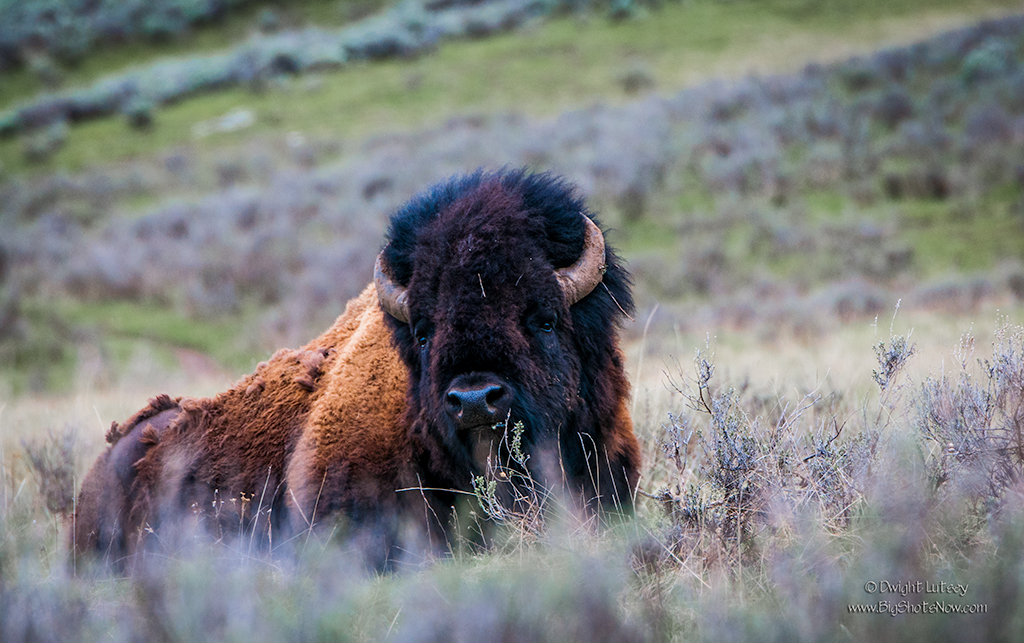We are continuing with our semi-annual inspection report that The Institute conducts in Yellowstone National park whether anyone wants it or not. As has been described before this is a very comprehensive inspection of all aspects of the parks operation. We leave no stone unturned, no question unanswered, no oddity unexplained, no lunch counter stool unoccupied.
One of the major checkpoints on our report is whether the performing animals are, well, performing. This is a major area of concern for park management as many of the tourist dollars spent here are dependent on how good a show the park provides. The travelling public, especially those from out-of-town, are demanding to see the various tricks, capering’s, sleight of paw trickery, mimicking, scampering cutely, impressions, demonstrations of unique abilities, ability to sing, dance, and perform acrobatic stunts that television has conditioned them to believe is realistic animal behavior.
Consequently nearly all of the parks inhabitants have their own repertoire of acts carefully selected for their particular personalities and physical attributes. Grizzly bears lumber along in a wallowing gait that makes them an amusing sight when viewed from the rear, even if there is a freshly killed elk calf dangling from its jaws you can’t help but laugh at its distinctive big butt roll, Eagles, both Bald and Golden soar and dive providing an incredible airshow for the gaping wide-eyed tourist. You can’t miss the sound of cell phone cameras clicking away to capture them in all their splendid glory seven or eight hundred feet in the air. The many hooved ungulates such as the buffalo, antelope, elk, mule deer, Bighorn sheep and Black-horned rhinoceros, put on a grazing display second to none, ok, that list was just a test to see if you were really paying attention, there are actually no buffalo in the park.
Using the beautiful four-color brochure that the park hands out to each and every paying entrant into the park that shows the time, location and activity to be performed by the various animal performers we headed to the Hayden valley our first stop, to view the amazing acrobatic maneuvers of Americas favorite small hairy predator, the Red Fox. We got there a few minutes early so we could set up our gear and get good seats as the spaces fill up rapidly once the show gets under way.
Soon, just as advertised, the Red Fox appeared and began to tease the crowd by scampering over logs, peering out from behind bushes and other shrubbery, posing and posturing out in the open for the many folks wanting photo ops, and generally setting the stage for its climatic last act, the Incredible Leaping Headstand with Bushy Tail Salute. It was an amazing performance. As soon as it was over and our performer retreated into the forest behind it, the crowd immediately dispersed, stopping only to take selfies of themselves and their companions with their cell phones and consulting the brochure for the next performance. Some were even seen photographing their brochures, the ground they were standing on, the road, their car door handles, each other again, the now empty area where the performance took place. Every thing of interest in Yellowstone that might amaze their friends and neighbors back home must be digitally documented before the next amazing sight comes into view.
We were satisfied with the Red Fox’s performance and gave it four and a half stars out of five and went on to the next performance, a yellow-bellied marmot spitting the shells of seeds over the edge of a rock. We were in for a long day, Yellowstone has a lot of things to see and we hadn’t even gotten to the Buffalo shedding exhibit yet.
Note : To those of you tuning in late the following posts will catch you up on preceding events. There is no extra charge for this service we just want you to be fully informed.
http://www.bigshotsnow.com/the-words-out/
http://www.bigshotsnow.com/announcement-13/
http://www.bigshotsnow.com/yellowstone-passes-inspection/
http://www.bigshotsnow.com/ghosts-in-the-darkness/
http://www.bigshotsnow.com/you-dont-see-that-every-day/





You must be logged in to post a comment.